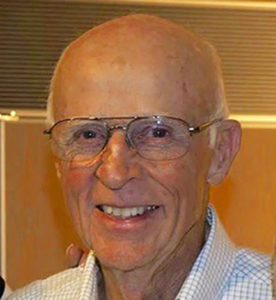By Hank Canterbury
I recently read about a Cessna Citation crew that made a takeoff while the parking brake was engaged. They managed to use the entire length of runway, barely got airborne just off the end, and crashed into trees shortly thereafter, tragically killing all aboard.
So why did the crew NOT abort the takeoff long before running off the far end? We will never know for sure, but can speculate. Possibly some known human factors such as goal or mission prioritization, get-there-itis, expectation bias, or various other conditions clouded their judgment to the extent they did not recognize they were not accelerating sufficiently to ever reach takeoff speed before they reached zero concrete. It’s apparent they did not have a criterion to make that assessment and thus abort the takeoff. Jet engines have the power to overcome some mighty resistance; not so propeller-driven planes like Bonanzas.
While the parking brake may never be the cause of a similar event in a Bonanza or Baron, there are several reasons why you may NOT be accelerating sufficiently. For instance you may have a dragging (not locked) brake, a tire that is under inflated or going flat, or more likely an engine that’s not developing maximum available power due to incorrect leaning for density altitude or some other malfunction. The reason does not need to be diagnosed on the roll, but an early decision to terminate the takeoff DOES need to be made.
Here’s a simple method to verify WELL BEFORE reaching the end of the runway that you are or are not accelerating at the rate which will provide the computed takeoff run. The performance tables in the pilot’s operating handbook [POH] are accurate, and if entered with the correct temperature, weight, pressure altitude and winds, you will very likely achieve liftoff at the specified distance, assuming the pilot lifts the nose sufficiently at the correct rotation speed (approximately 6 knots below lift off speed).
Simply look for 70% of your lift off speed at 50% of your computed distance. For most models of normally loaded Bonanzas that will be very close to 50 KIAS (lift off 70-75 kts x .70 = 50). An easy memory device is “50 knots at 50 percent of computed roll”. Notice I said “computed” distance.
I often read in various flying publications recommending that you should abort if you haven’t reached 70% by half of the runway. While that will work, why wait so long for miracles to happen? Using the POH tables correctly will automatically yield the takeoff roll adjusted for density altitude, weight and expected winds, so the relationship still holds true. For Barons, use 60 KIAS at 50%.
But you say, “my airport doesn’t have runway distance markers”. Nice when they do, but if not, try using the centerline stripes to gauge your roll. Most airports, maybe not all, are marked using an FAA standard of 200 feet between the beginning of one stripe to the beginning of the subsequent one. Or use as your decision point some prominent object along your runway that you determine from an airport diagram its distance from a beginning point. Either way, you’re easily going to be able to make the decision well before half way down the runway! Try it: it works.
Fly often—Train often—Practice regularly.
Hank Canterbury,
ATP, CFII, ASEL and MEI




